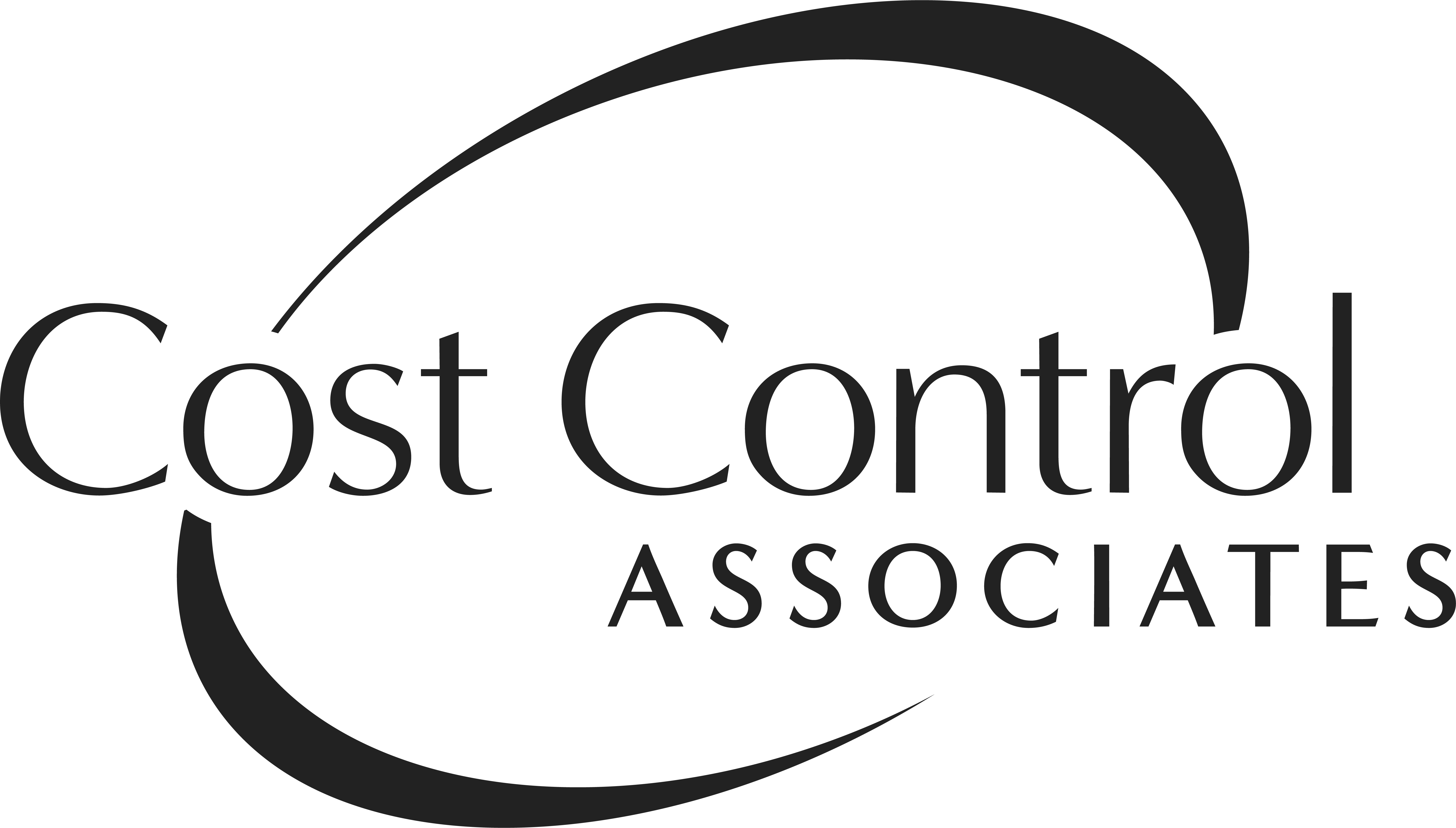When you see something amiss on your telecom invoice, do you question it or do you assume it’s correct and pay it? One could argue that time is money, and if the charge looks insignificant, you may opt to pay rather than investigate.
If you can’t escape that nagging feeling, you may feel better if you call your vendor. If your vendor representative says the charge is right, you will have done your due diligence; but how do you know if the charge is really right? We’ve all had the experience of getting a different answer each time we call customer service. A service rep’s answers may depend on his or her years of experience, thoroughness of training and attention to detail.
So, when you call customer service, do you listen to the first person who tells you the charge is correct, or do you try to dig deeper?
4 Options for Resolving a Mischarge

Hope the Error Will Go Away
For lack of a better option, perhaps you will decide to pay the bill and see if the offending item disappears by next month’s invoice. Whether it goes away or not, you may be paying for services you are not receiving. By next month, you will probably have forgotten about it, or perhaps someone else will be handling the invoices. If left unquestioned, incorrect charges can recur, adding up over time.
Cost Control Associates had a client who was to be billed a specific amount for one 24-channel T1 circuit. Instead the company was billed that amount for each of the 24 channels. They were paying 23 times too much every month, and the error went unnoticed for years. Our telecom analyst filed a claim with the carrier, but the carrier claimed there was no error. She filed a second claim, and it was denied again. Because of her experience and understanding of the tariff, she escalated the claim to a higher level.
Thanks to perseverance, our client received a six-year refund nearing $20,000 and cost savings that would save $3,300 per year going forward.

Go to the Utility Tariff
The ultimate source for answers is the utility tariff. A tariff is a collection of rules that defines the relationship between a utility—in this case a telecom carrier—and its customers. Your carrier must follow the rules of its own tariff. These rules are designed to protect you from discriminatory practices. They define rates, service area, allocation of costs for various services, requirements for new customers and other details.
Tariffs are formally accepted, approved and maintained by the reigning utility commission in your state (e.g., the New York Public Service Commission or the Public Utilities Commission of Ohio). Because a single tariff is often a long detailed document comprising thousands of pages, it can be difficult for an inexperienced user to find the particular information he or she needs. If you do manage to find the correct section, you will still need to relate the tariff to the actual charges on your invoice. You should also be aware that tariffs cover regulated services and do not pertain to deregulated services such as internet access.

Tell Them You Want Your Money Back
You can often get your money back, but you may not get all of it. To know what is truly due to your organization, you need to fully understand the error, know when it began and why it is wrong. In addition to the tariff, there may be applicable state and federal statutes dictating how far back you can take your claim. Depending on the type and date of the error, your vendor may offer a standard repayment timeframe; be wary that the statute may allow for longer.
If your error goes back even further, skilled negotiation by an experienced consultant can help you get a larger piece of the pie. Cost Control Associates has been successful in persuading vendors to pay larger refunds based on the start date of the error, documentation of the error and knowledge of the applicable statutes.

Look for More Errors on Other Invoices
Don’t assume that one corrected mistake is the end of your worries. The same Cost Control Associates client mentioned above worked with more than one telecom carrier. That second carrier billed our client two different charges adding up to almost $500. The invoice simply noted a “one time charge.”
The vague description and significant dollar amount caused a red flag to go up. After research, it was confirmed that the “one time charge” was being billed each month and the vendor had difficulty explaining the charge. We were able to pinpoint the error, and the client recovered more than $10,000 in erroneous charges and benefited by nearly $5,000 in annual cost savings going forward.
Friendly Advice
Now that I’ve shared some anecdotes about how good organizations can go wrong when it comes to billing errors, I offer this advice:
- Look at your invoices closely every month. If you see something unusual, question it right away. If you wait for it to work itself out, an erroneous charge can go on for months, even years—and that can affect your bottom line.
- Ask for your Customer Service Record. Depending on the size of your organization, your invoice may not include detailed information for every line and circuit. To get that detail, request your customer service record. You may have a two-page phone bill, but your customer service record could be 100 pages.
- Do your due diligence. If your customer service rep says the charge is correct, call back and talk to another rep. If you feel you aren’t getting the right answers, ask for a supervisor. Be prepared to explain why you think the charge is wrong.
- Find the tariff online and get familiar with it. Caveat: Tariffs are long, detailed documents, and they change periodically. You’ll need to weigh whether this is good use of your valuable time.
- Find a qualified consultant with experience in your industry and the carriers you use. Staying on top of your invoices and thousands of line items takes time and expertise. Cost Control Associates recommends a periodic review of all utility invoices every 2-5 years. If you want to learn more, visit our website or give us a call.
Keith Laake founded Cost Control Associates, Inc. in 1991 and has been responsible for strategic planning, marketing and sales, and overall management of the firm. He currently focuses on business development. Keith received his BBA from the University of Wisconsin and is a certified public accountant. Learn more.
